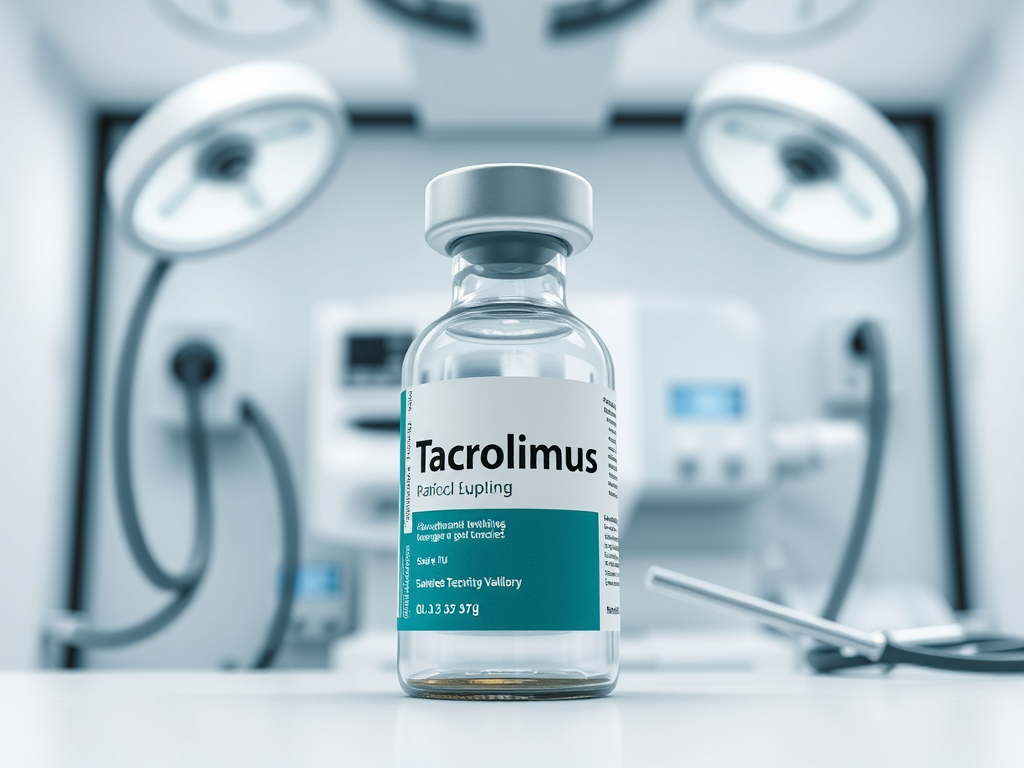
If you’ve ever had a major organ transplant or battled a relentless autoimmune disease, you know how delicate the balance between treatment and daily life can be. One medicine that often becomes a crucial part of this journey is Tacrolimus a powerful immunosuppressant that has transformed lives around the world.
I first came across Tacrolimus while working with transplant patients — people who had fought hard to get a second chance at life. This medication plays a vital role in preventing the body’s immune system from attacking a transplanted organ. Whether it’s a kidney, liver, heart, or lung, Tacrolimus helps ensure that the new organ is accepted and functions properly.
But its uses extend far beyond transplants.
For those struggling with autoimmune diseases like rheumatoid arthritis, Crohn’s disease, or graft-versus-host disease, Tacrolimus can help reduce the immune system’s misguided attacks on the body’s own tissues.
It’s also a game-changer for eczema (atopic dermatitis) especially in patients who haven’t responded well to traditional treatments. Applied as an ointment, Tacrolimus calms the inflammation and itchiness, offering relief without the side effects of steroids.
Forms, Dosage & Safety
Tacrolimus comes in several forms:
- Oral capsules or granules for long-term use in transplant or autoimmune patients
- Topical ointment for skin conditions like eczema
Because Tacrolimus affects the immune system, it requires careful monitoring. Doctors often conduct regular blood tests to check drug levels, kidney function, and blood pressure. Like all powerful medications, it comes with potential side effects from tremors and high blood pressure to increased infection risk.
It’s also essential to watch for drug interactions, so always keep your healthcare provider informed about any medications or supplements you’re taking.
Whether you’re managing a chronic illness or adjusting to life after a transplant, Tacrolimus is more than a medicine it’s a lifeline. With the right guidance and monitoring, it can offer stability, healing, and a better quality of life.
Stay informed. Stay empowered. And if Tacrolimus is part of your story, know you’re not alone.
